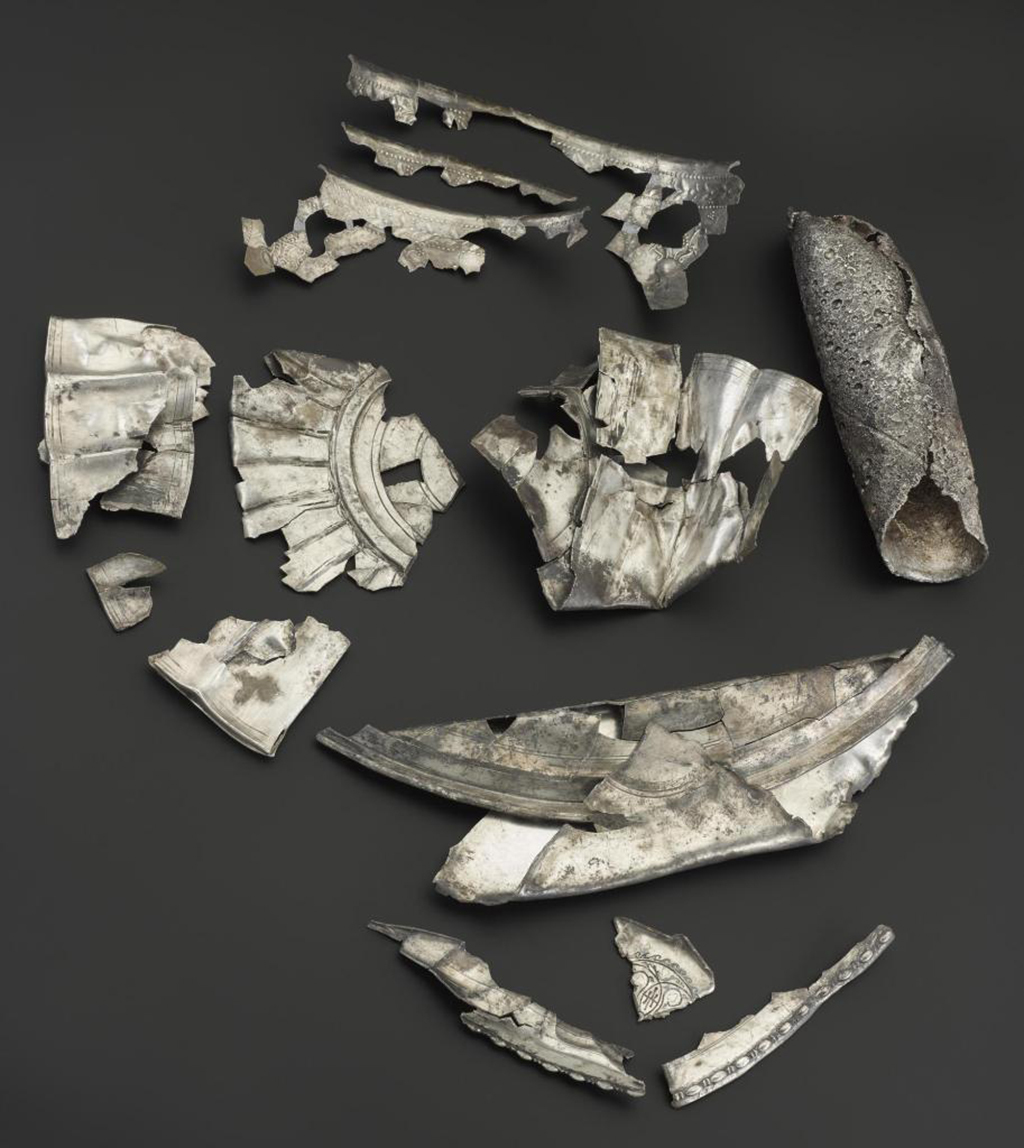
When Scotland loved silver more than gold
A new exhibition is showing how silver, not gold, became the most important precious metal in Scotland over the course of the first millennium AD.
Scotland’s Early Silver, from National Museums Scotland and supported by Glenmorangie, is on display at Museum nan Eilean Lews Castle in Stornoway from 4 May until 23 June.
Featuring spectacular objects dating from AD75 to AD1000, and supported by The Glenmorangie Research Project on Early Medieval Scotland, Scotland’s Early Silver explores the part that silver played in the transformation of society in Scotland throughout the first millennium AD.
Today, gold is more valuable than silver, but in the first millennium AD silver was the most powerful material in Scotland. Scotland’s earliest silver arrived with the Roman army and had a lasting impact on local society, quickly becoming associated with prestige and power.
In the centuries that followed, Roman silver objects were hacked up, melted down and recycled to make iconic early medieval treasures like massive silver chains and ornate brooches.
The exhibition includes the recently discovered Dairsie hoard, which dates to the late 3rd century AD and is the earliest known example of hacksilver from anywhere beyond the Roman frontier.
Also continuing on its first full public display is the Gaulcross hoard, discovered in Aberdeenshire in 2013. Since its excavation, this hoard has cast new light on how early Roman silver was recycled and repurposed over the centuries.

RA oman hacksilver hoard, found in Dairsie, Fife
Visitors will also enjoy a series of short films which explain the history of some of the pieces, their discovery, and how they have been conserved for future generations.
Nick Smith, Heritage Manager at Comhairle nan Eilean Siar said: ‘We are delighted to host Scotland’s Early Silver and continue our ongoing partnership with National Museums Scotland. The exhibition is a great opportunity for islanders and tourists to enjoy some beautiful pieces which represent an important moment in Scotland’s history.’
Alanna Davidson, touring exhibitions manager, National Museums Scotland, added: ‘We are delighted to tour Scotland’s Early Silver to Museum nan Eilean Lews Castle and to share some outstanding silver items from the national collections with our partners. The exhibition has proved to be hugely popular to date and we hope that it will continue to draw large numbers of visitors from Lewis and beyond during its time in Stornoway.’
The exhibition reflects recent scholarship undertaken to place Scotland’s early silver in a European context through a research network project supported by the UK Arts and Humanities Research Council.
The exhibition has been made possible by an innovative partnership between The Glenmorangie Company and National Museums Scotland. Since 2008, this association has supported the Museum’s academic research and public engagement activities and funded an archaeological research post.
The basis for the partnership comes from eighth-century Hilton of Cadboll Stone, on display in the National Museum of Scotland’s Early People gallery. The Hilton of Cadboll stone was discovered near Glenmorangie Distillery in Ross-shire, and is the inspiration for the brand icon that adorns Glenmorangie’s range of single malt whiskies.
The Scotland’s Early Silver tour will also visit: Kirkcudbright Galleries, Kirkcudbright: 7 July–30 September; Duff House, Banff: 12 October-17 March 2019.
Scotland’s Early Silver is a National Museums Scotland touring exhibition.
TAGS

